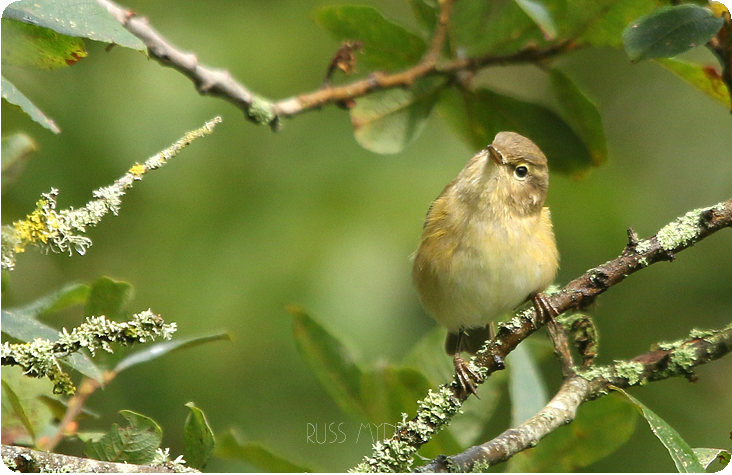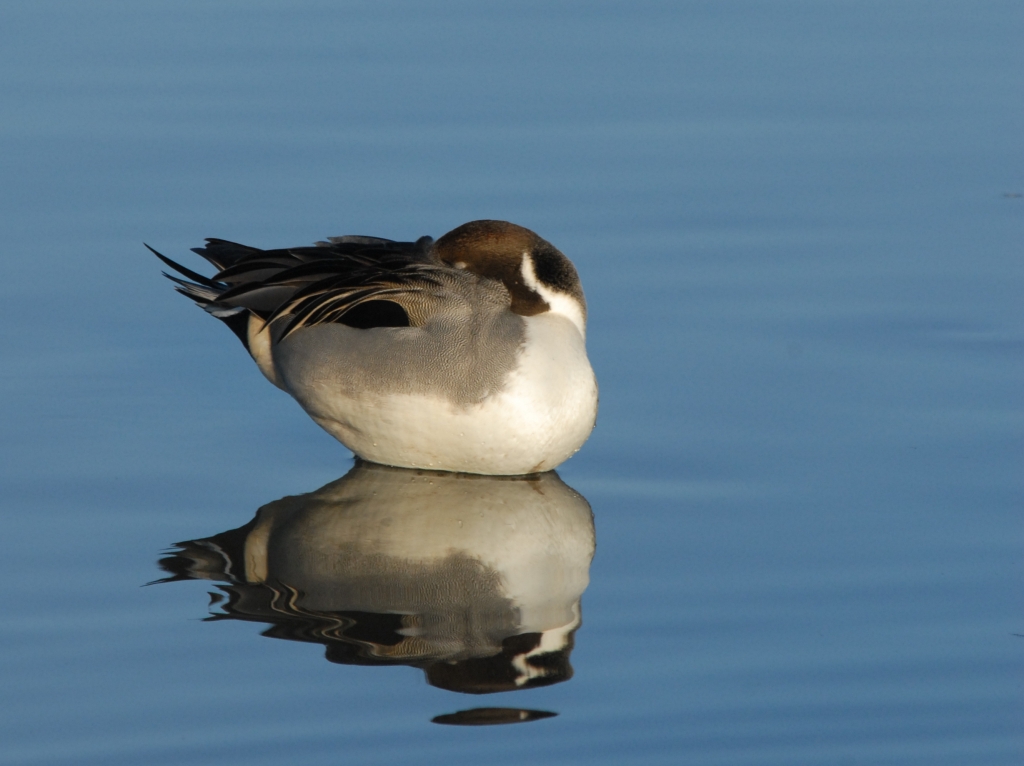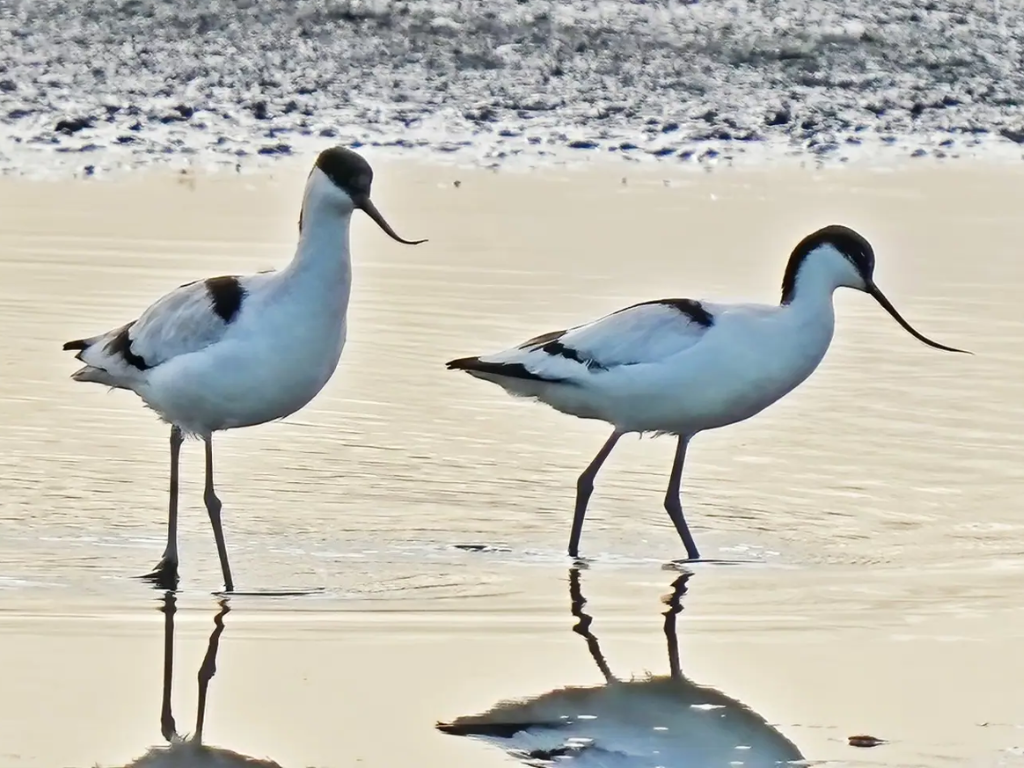Recent Sightings (16th- 19th Sep)
British Steel Hide
A slightly less exciting few days on the rare wader front but the Spotted Redshank and two Spoonbills continue to be regulars on the saline lagoons. A Curlew Sandpiper, a Whimbrel, Grey Plover and Green Sandpiper were reported over the weekend. Counts of 841 Black-tailed Godwits, 173 Knot, 144 Redshank, 131 Dunlin, 6 Bar-tailed Godwits, 6 Ruff and 2 Snipe. The wildfowl have becoming noticeably more numerous on the both the NRA scrapes and the saline lagoons, with counts of 256 Greylag Geese, 2 Canada Geese 54 Wigeon, 19 Gadwall, 11 Teal, 2 Pintail and 2 Shoveler. Up to 3 Kingfishers have been seen at once from the hide, and a Lesser Whitethroat has been regularly visiting the large Hawthorn between the NRA and saline lagoons. The hawthorns on the far side of the NRA scrapes are laden with berries and have been attracting good numbers of berry-eating birds, including 5 Mistle Thrushes.
Millennium Wetlands
Waders and Wildfowl appear to still be on the increase on Deep Water Lake with counts of 32 Lapwing, 8 Redshank, 3 Pochard, 5 Shoveler, 6 Little Grebe, 19 Coot and 29 Tufted Ducks from over the weekend. Grey Wagtails seem to be everywhere with regular sightings from all over the reserve, seen mainly in flight. Chiffchaffs, Blackcaps, Cetti's Warblers and a Lesser Whitethroat are still to be found on the Millennium Wetlands but can present a real challenge to photographers as they dart around amongst the foliage. Water Rails can still be heard calling from the reedbeds and Kingfishers are regular on the Deep Water Lake. Other birds seen include Bullfinches, Meadow Pipits, a Sparrowhawk, Little Egrets, Reed Buntings, Jays, both Green and Great Spotted Woodpeckers and lots of Song Thrushes.

Wildlife
Butterfly numbers seem to have dropped during recent surveys, possibly due to a few cold nights. But Small Coppers, Red Admirals, Green-veined Whites, Meadow Browns and Speckled Woods can still be found on the reserve. Dragonflies including Emperors, Migrant Hawkers and Common Darters still make good photography subjects as they bask themselves in those rare moments in Wales where the sun comes out. Foxes and possibly Otters can be seen if you're lucky and there are plenty of signs of Water Voles all around the reserve, but you have to be very lucky to see one.


